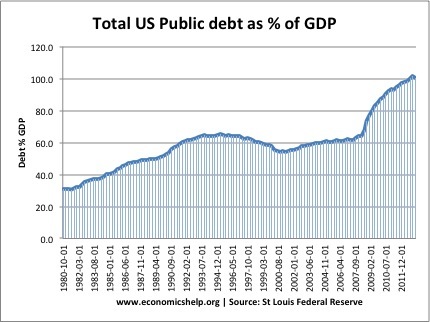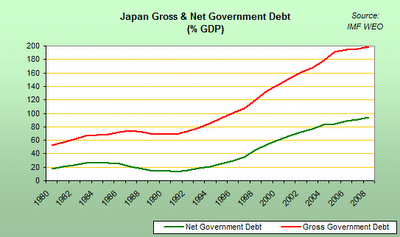Quantitative easing aims to stimulate the economy and reduce gilt yields. A consequence of this is that lower bond yields lead to lower income for savers. This particularly affects pensioners who rely on income from savings to provide for their retirement.
Since QE was implemented in March 2009, the income paid by pension annuities has fallen by a quarter (FT). The decision to pursue quantitative easing has also been criticised for effectively redistributing income from savers to borrowers.
However, though quantitative easing may have impact of reducing bond yields it is worth bearing in mind, the following.
- Falling bond yields are not just due to quantitative easing. They reflect investors desire for security and reflect their concerns over future economic growth. Even without quantitative easing, you would expect falling bond yields from the state of the economy. (see: why are bond yields falling)
- Falling bond yields have helped to boost prospects of economic growth, which ultimately is essential for the the long term performance of pension funds. If the economy gets stuck in a deflationary trap and persistently low growth, then there will be a sustained fall in the value of pension funds – more serious than the temporary drop in bond yields. The effects of Quantitative easing are probably fairly limited, but it is still one of the few ways to boost economic activity.
- Falling bond yields have helped to make shares more attractive. Given falling bond yields, there has been some shift into shares. Also, share prices have been helped by the prospect of stronger economic growth. The All Share index is 50% higher than in March 2009. Quantitative easing has played a role in boosting the prospects of shares. Therefore, although pension funds have seen a fall in income, the rise in share prices has helped to offset this decline in income.


